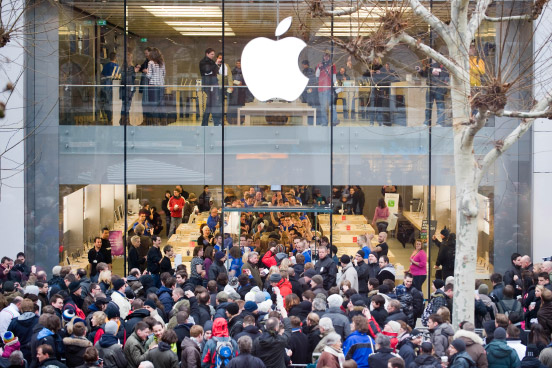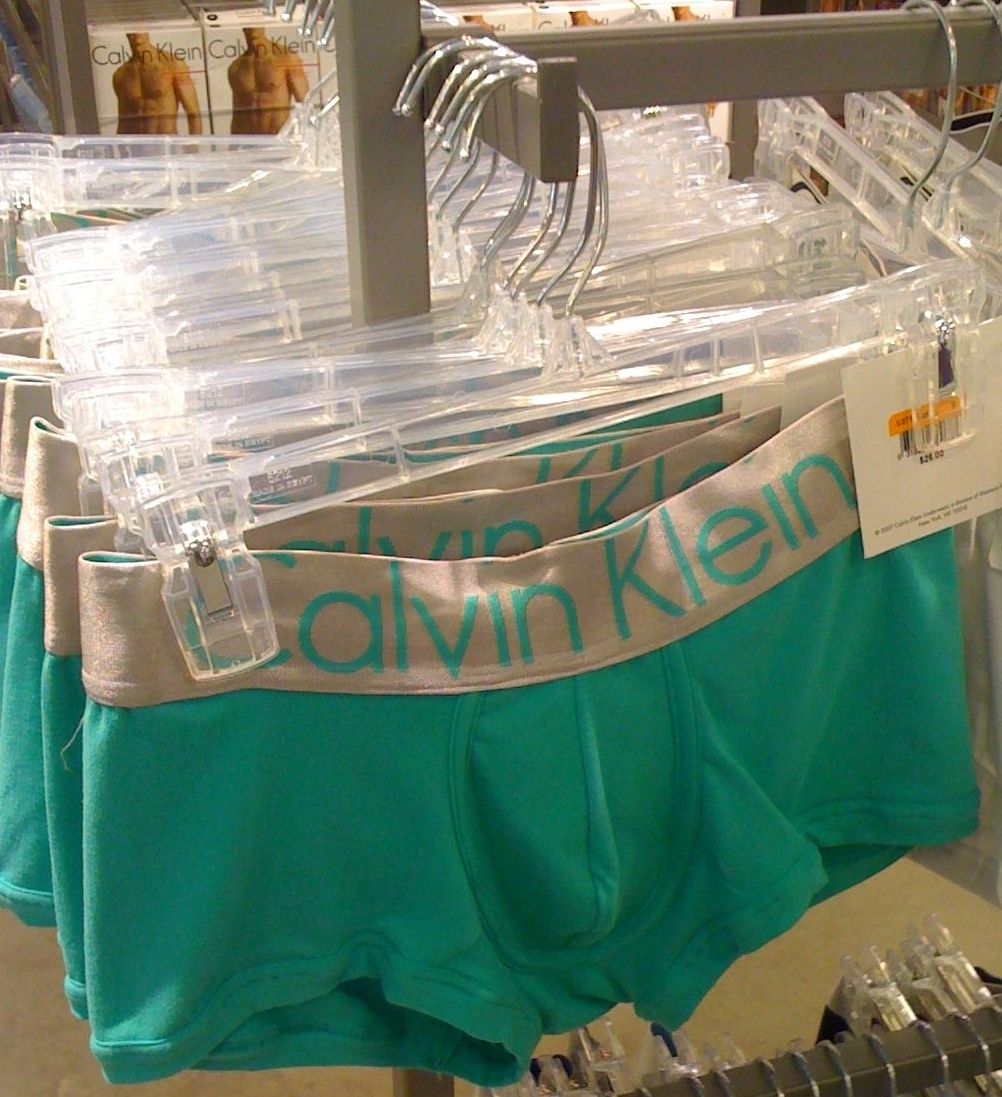A significant part of any travel/tourism experience is shopping. Most visitors to Germany are looking for memorabilia rather than day-to-day items like groceries and clothes. You usually eat in restaurants while travelling, have packed the clothes you need, and want to bring home items that are long-lasting reminders of the experience. Besides, the groceries and clothes are not THAT much different than in the U.S. and cost considerably more. (Thanks, VAT!)
However, Frau A and I live in Germany. I need to get groceries, replace dress shirts & shoes, and yes, get new underwear. I've learned a few things about shopping in Germany, and want to help ex-pats and tourists get more for their Euros.
1) Stores are NOT open Sundays or Holiday. Therefore, Saturday is complete chaos. Especially before a long holiday weekend. You get your things then, or have to wait until next weekend. Brace yourself.
Also, make sure to check their Saturday hours...it's only in the last 15 years that stores could be open past 4pm on Saturdays, and many of the smaller stores still close earlier than the Bavarian 8pm closing time. (Check your city's hours....the laws vary by state - Frankfurt has some open until 9 or 9:30; Stuttgart has an unbelievable midnight closing to some stores!)
 The Apple Store in downtown Munich. It's a war out there.
The Apple Store in downtown Munich. It's a war out there.
2) Store employees: excellent know-how... if you can find somebody. In Germany, the store employees in general really know what they're talking about. They get significant amounts of training and are constantly learning about the latest products. They can explain the different thermal properties of wool vs. synthetic materials, what brands tend to run bigger or smaller, and know every single pocket/zipper/secret compartment on every backpack in the store.
The problem is actually getting someone to help you. The store employees are CIA-level experts at moving around undetected. Also, the level of competence described above has a price -- they are often posted only for a very specific part of the store. The person in the skiing jackets area will NOT help you with hiking jackets or boots, because they have not been trained on those products. So even if you do find someone, it is likely that they will have a great reason why they cannot help you.
Recommendation: As is typical in Germany, the squeaky wheel gets the oil. You need to be assertive -- keep finding and bugging store employees until somebody helps you. If you can't find anybody, go to the checkout and ask for them to send help. Start talking a little more loudly (it escalates the request) and if you have to ask a third time, tell them you are unhappy and want to talk to the manager. Don't make it personal or too emotional -- that is not respected here. Actually, this is good general advice for the culture here. You need to be assertive and strong, without being emotional. It's a battle of wills -- hang in there and you'll eventually get pretty good assistance.
 You will get customer assistance... IF you can find her, IF she's not on break, IF this is her department, IF...
You will get customer assistance... IF you can find her, IF she's not on break, IF this is her department, IF...
3) Clothes: know your size, as defined in Europe. You might be targeting leather in Italy, wool shirts/jackets in the UK, and hopefully a nice dirndl/lederhosen for Oktoberfest here in Germany. Rather than having to try on a dozen different items to find your size, be prepared so you can focus on style. Different web sites show conversion charts, but they don't all agree. This is what I carry with me on my Blackberry for reference (check out Wikipedia and OnlineConversion for more):
Underwear
The most common, and critical, emergency purchase. Just be prepared for underwear on hangers rather than in packaging, and lots of skin tight options (boxers are available, but not as common).
 Store employee to me: "Old men get underwear in a package. You should get it on a hanger." Well....OK. Thanks.
Store employee to me: "Old men get underwear in a package. You should get it on a hanger." Well....OK. Thanks.
US size 34 = European size 5 to 6
36 = 6 to 7
T-Shirts
Large = 102
XL = 107
Pants
Overall pretty straightforward, because it is absolute measurement in centimeters rather than inches (multiply by 2.54)
34 inch waist = 86 cm
36 inch waist = 91 cm
30 inch inseam = 76 cm
32 inch inseam = 81 cm
Dress Shirts
17 1/2 = 44 to 45
Men's Suit / Coat / Sweater
U.S. 38 = 46 to 48
40 = 48 to 50 ("large")
42 = 50 to 52 ("large-XL")
44 = 52 to 54 ("XL")
Warning: For "short" and "tall" versions, these numbers might not work.
I am usually somewhere between 48-52 (Germany) but got a leather jacket that is XX.
I think it has slightly shorter arms, so I'm guessing that they just halved the typical size
to indicate that it is a XX but with shorter arms (?)
Socks
10 1/2 = 41
11 = 42
Shoes
10 1/2 = 44 to 45
11 = 45 to 46
In shoes, as in clothes, European bodies are just skinnier (Americans "fatter"). I have to specifically request the wide brands of shoes or I will rip the sides out in no time.
4) Good strategy: Stay within Europe's/Germany's strengths. Don't buy Levi's jeans over here. You'll pay double for something you can get in the U.S.. This is true for any brand widely available in America. Instead, look for things like:
- Local/regional products. I have found a Swiss brand of dress shirts that I love. Eterna. They're a little pricey, but you can find them on sale and the fit is fantastic. Plus Swiss quality. Nice. I also have had good experience at THE men's store in Munich, Hirmer. Good suits, decent prices, and the assistants really add value (knew the suit that would fit me best -- turned out to be right). Ask the store assistant for recommendations on local/regional products that they would recommend.
- Things that the culture values. Think Alps. Germany is a real outdoor culture, and has hiking and skiing products that reflect it. I love the backpacks from Deuter, and trekking wear from Mammut (another Swiss company), and Maier ski wear. The Alpine sport section at Schuster is great -- you'll never again see so many kinds of hiking shoes.
- Things that are unique to the culture. In this case, maybe not clothes but culinaria. Frau A and I just got individual feuerzangenbowle holders from the FireCupCompany and LOVE 'em. Also, consider a small raclette/grill...
... However, I draw the line a patently ridiculous attempts to bleed tourists of money. For example, haggis-flavoured potato chips. Really - there is demand for such a product? Skip such novelty items.
Frau A and I will try to post some more German shopping tips, as well as conversions for women's sizes - leave a comment if you're looking for a specific recommendation in Munich. Good luck!